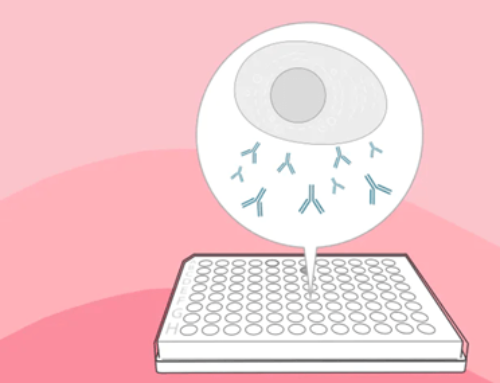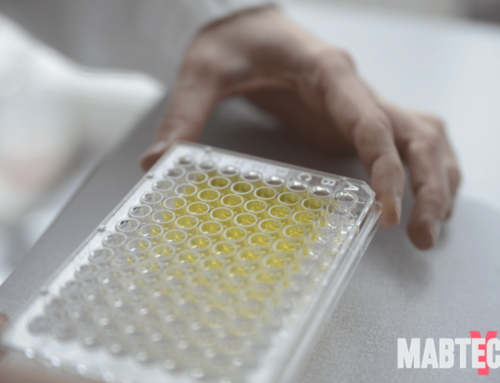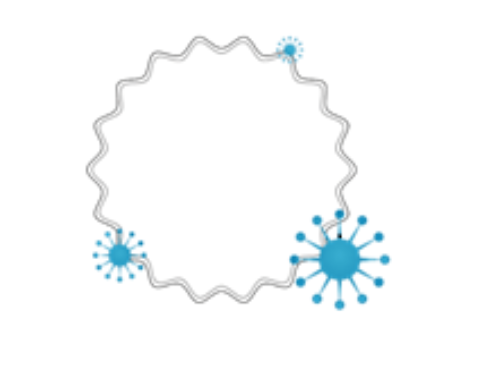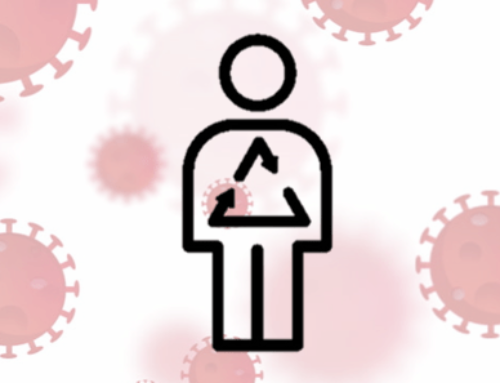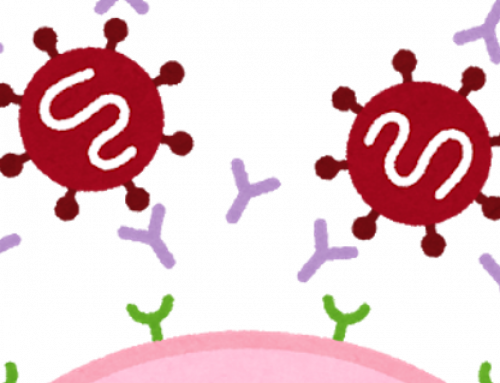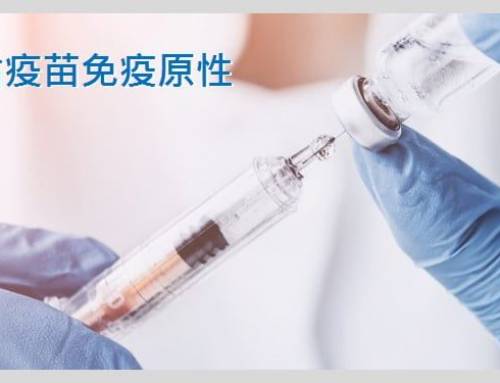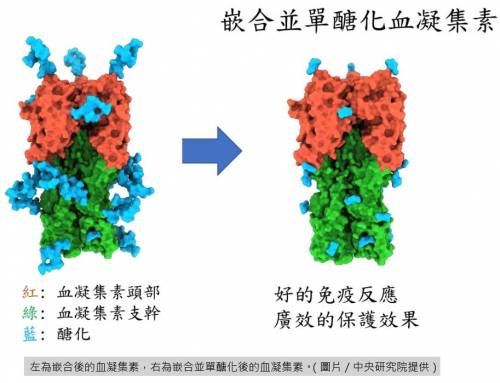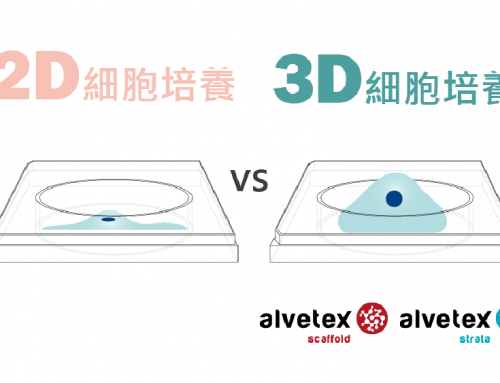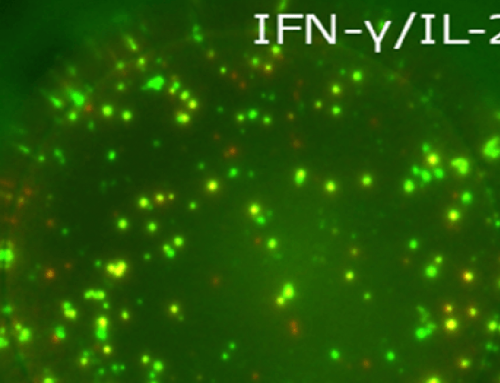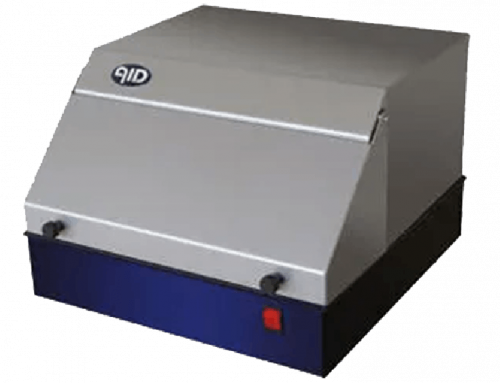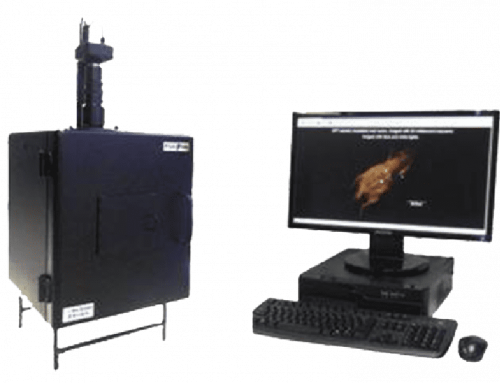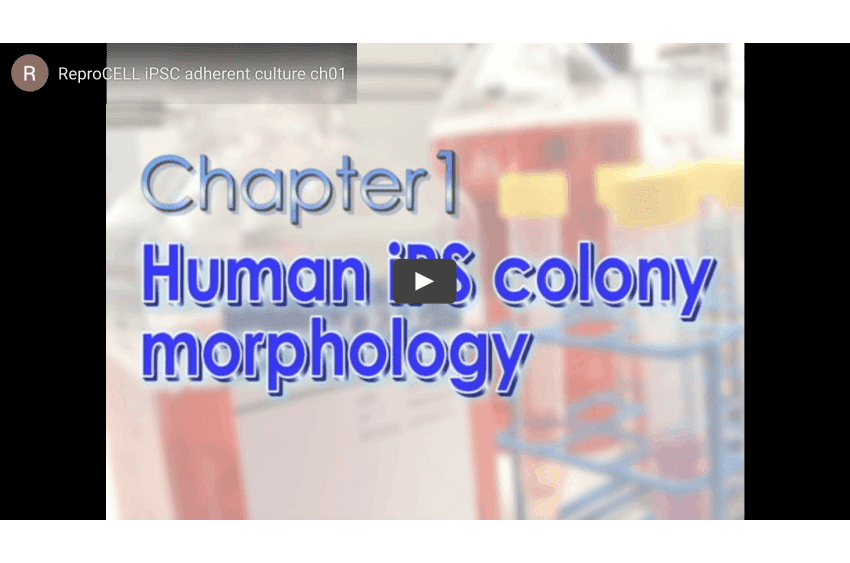
Chapter 1: Human iPSC colony morphology
Morphology of human iPS cell colonies is important to judge the condition of the culture. Colonies in a good condition show high cell density inside.
Chapter 2: Seeding feeder cells
The plating density of feeder cells is important for human iPS cell culture.
Chapter 3: Passaging human iPS cells
Dissociation Solution for human ES/iPS Cells (CTK solution)
makes it possible to passage human iPS cells very easily and successfully with excellent cell viability. Colonies can be divided to appropriate size for passaging just by incubation and pipetting.
Chapter 4: Freezing and thawing human iPS cells
It is possible to cryopreserve human iPS cells at high cell viability by using Freezing Medium for human ES/iPS Cells. This method ulitizes vitrification which minimizes the damage to the cryopreserved cells. It is important to freeze and thaw the cells quickly.
Chapter 5: Transition from feeder-dependent culture to feeder-free culture
Transition from feeder-dependent culture to feeder-free culture is easy with ReproCELL’s new feeder-free medium ReproFF2. No special adaptation procedure is required. Laminin-5 and Matrigel can be used as coating material.
Chapter 6: Passaging procedure for feeder-free culture
Feeder-free culture with ReproFF2 is easy. Passaging and cryopreservation procedures are the same as those for feeder-dependent culture.


